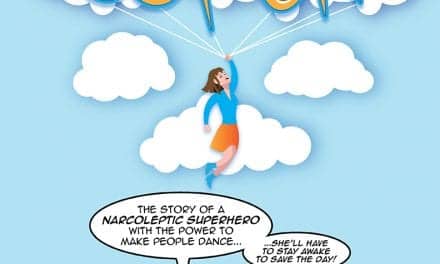“Driving while drowsy is similar to drunk driving with regards to the delays in reaction time and impairment in decision-making,” says American Academy of Sleep Medicine (AASM) president Kelly A. Carden, MD, in a release. “Drowsy driving can be deadly, yet it is 100 percent preventable.”
A new survey from the AASM found that 45% of adults have struggled to stay awake while driving. The September 2019 survey of 2,003 US adults asked participants if they have ever struggled to stay awake while driving a vehicle. Only 48% of respondents indicated that they have never driven drowsy. Another 7% reported that they don’t drive.
To combat and prevent drowsy driving, the AASM recommends that drivers:
- Ensure that you get enough sleep before driving so that you can stay alert behind the wheel.
- Avoid driving late at night or while alone, if possible, and share the driving with a passenger on long trips.
- Use caffeine for a short-term boost in alertness.
- Pull over at a rest stop and take a nap if you begin to feel drowsy.
“Caffeine can provide a short-term boost, but if you’re having trouble keeping your eyes open, then it’s definitely time to pull over,” Carden says. “Turning up the music or rolling down the windows will not keep you alert while driving. The best option is to get off the road and take a nap if you feel sleepy behind the wheel.”
Be aware of these warning signs of drowsy driving:
- Frequent yawning or inability to keep your eyes open
- Catching yourself “nodding off” or having trouble keeping your head up
- Inability to remember driving the last few miles
- Missing road signs or driving past your turn
- Following too close to cars in front of you
- Drifting into the other lane of traffic
- Driving onto the “rumble strip” or the shoulder of the road
“There is no substitute for healthy sleep,” Carden says. “Regular, healthy sleep is essential for staying awake at the wheel and protecting yourself and others from avoidable, potentially life-threatening accidents on the road.”



![Meet the Upgraded sleepreviewmag.com [Editor’s Message]](https://sleepreviewmag.com/wp-content/uploads/2020/05/SleepReviewMag-upgraded-website-440x264.png)
